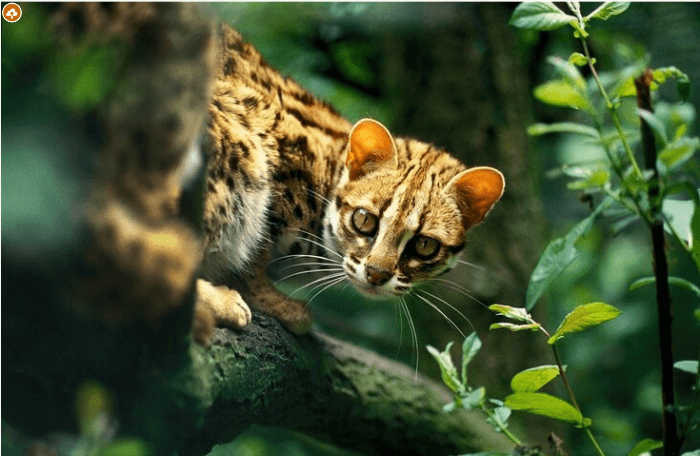
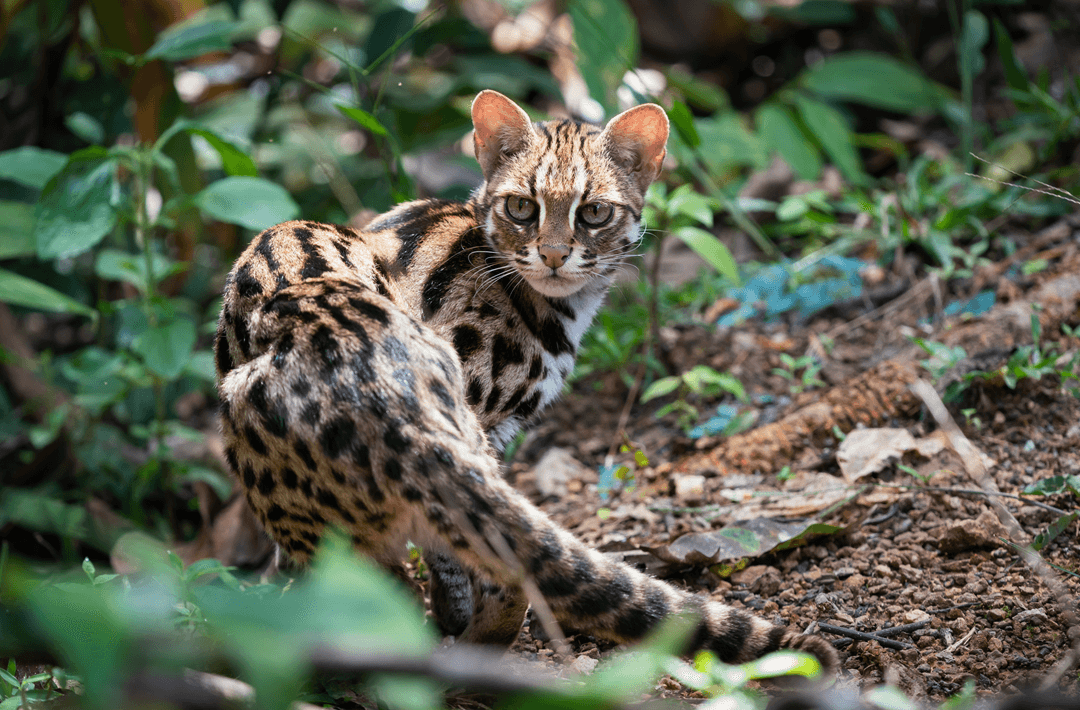
The mainland leopard cat is a small wild cat found in Asia, from Pakistan to Southeast Asia, as well as China and the Russian Far East.
Scientific Name: Prionailurus bengalensis (Mainland leopard cat)
Mainland leopard cat subspecies:
- P. b. bengalensis
- P. b. euptilura
- P. b. iriomotensis (Iriomote Cat)
Conservation Status: Least Concern
The leopard cat is widespread and abundant throughout its geographical range.
Lineage – the leopard cat belongs to the Leopard cat lineage, which inludes two genus: Prionailurus and Otocolobus. There are five other species (Pallas’s cat, flat-headed cat, Sunda leopard cat, rusty-spotted cat and fishing cat) that are members of this lineage.
Interesting leopard cat facts
- Leopard cats can swim but are rarely seen in the water. However, it is believed that they colonized offshore islands.
- The toes of a leopard cat have some webbing which helps it swim.
- They are skilled climbers; you will often find them resting in trees.
- In 2017, the Sunda leopard cat (Prionailurus javanensis) was recognized as a separate species.
- The leopard cat hunts at night.
- Leopard cats are common throughout their range.
More about the leopard cat
The leopard cat was the first cat species domesticated in Neolithic China approximately 5,000 years ago.
Physical appearance
The leopard cat is a small, slender cat with long legs and clear webs between the toes. It is similar in size to a housecat. There are two prominent dark marks on its head, two stripes that run from the eye region to the ears, and smaller stripes from the eye region down the nose.
| Mainland leopard cat | FROM | TO |
| Weight | 1.2 lbs. | 8.4 lbs. |
| Body | 15 in. | 26 in. |
| Tail | 6.8 in. | 12.2 in. |
Location and habitat (where the leopard cat lives)
More leopard cats are distributed throughout Asia than any other small wild cat. Its territory includes the Russian Far East to the Korean Peninsula, China, Indochina, and the Indian Subcontinent over northern Pakistan. It inhabits jungles, rainforests, sea-level plantations, shrubland, scrub, semi-deserts, and mountainous locations.
Behavior
Leopard cats lead solitary lives except when it is time to breed. The leopard cat is a skilled climber and adept swimmer, but you rarely find them in the water. They will, however, rest in trees and hide in thorny plants on the ground. Their vocalizations are similar to those of a domestic cat. They mark their territory by spraying urine, leaving feces, head rubbing, and scratching.
Hunting and prey (diet)
Leopard cats usually hunt at night but can sometimes be seen during the day. They are meat-eaters (carnivores) that feed on small prey, including birds, mammals, amphibians, insects, and lizards. Mice and rats constitute the major portion of their diet, which can also include eggs, poultry, grass, and aquatic prey.
Reproduction and lifespan
In some southern areas, leopard cats will mate all year round. Leopard cats living in northern locations will have their young in May. The gestation period averages from 65 to 72 days. Litters are from one to four cubs on average. The lifespan of a leopard cat in the wild is unknown. In captivity, leopard cats can live for over 13 years.
Conservation issues
A vital conservation threat for leopard cats is loss of habitat. They are also hunted and killed for their fur and meat.
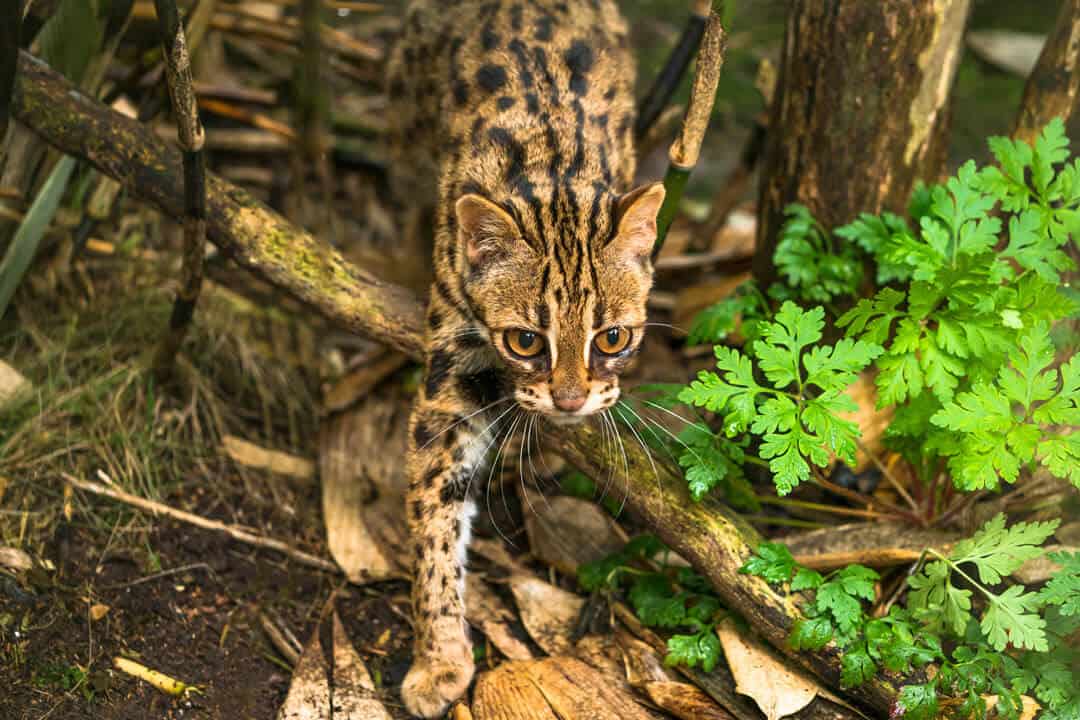
Leopard cats in culture
You will occasionally find leopard cats in Nepal, India and China folk tales and supersitions. Because of their nightime sounds and glowing eyes, there are myths about them as shapesifters and demons. Some indigenous groups also believe they foreshadow misforturne.
Leopard cat quotes and research
2023 Leopard cat in Bhutan and emerging threats | Dhendup “Leopard cats are habitat generalists and can be found at various elevations and in diverse habitat types…(they) are an important part of the ecosystem and act as natural pest controllers, mainly for rats.
2021 Activity and Ranging Behavior of Leopard Cats (Prionailurus bengalensis) in an Oil Palm Landscape | Silmi, Putra, et al. “leopard cats survive and reproduce well in oil palm habitats and are effective biological controllers of rats that can replace the traditionally used expensive and environmentally polluting chemical rat poisons.”

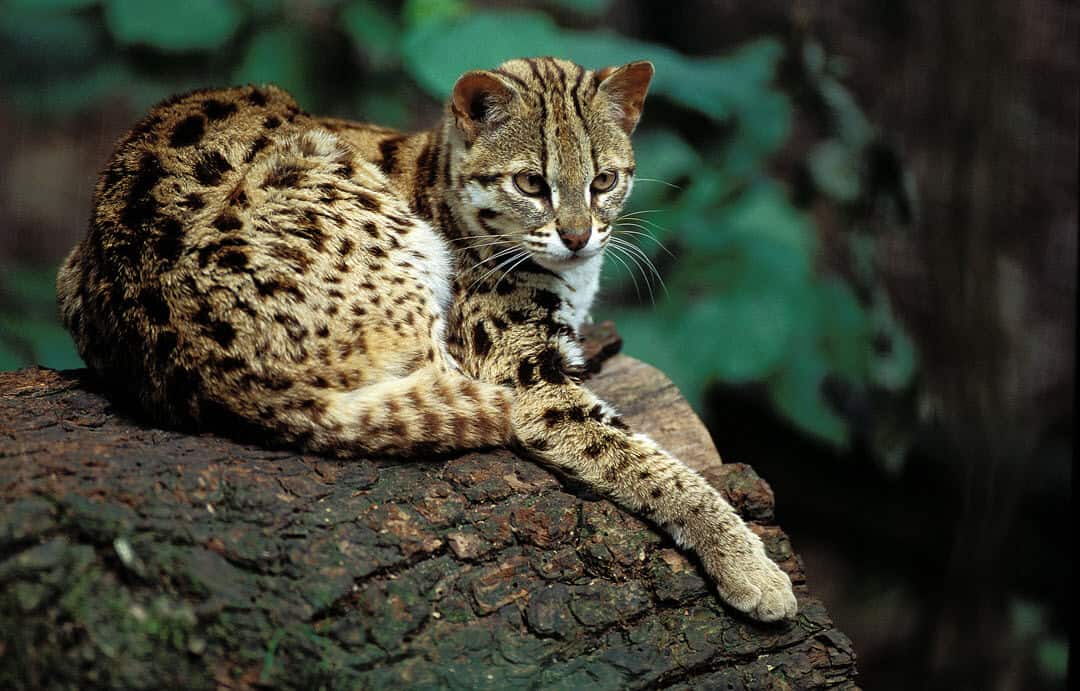
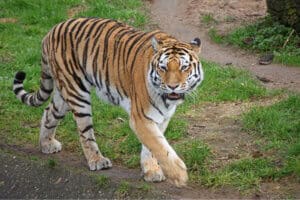
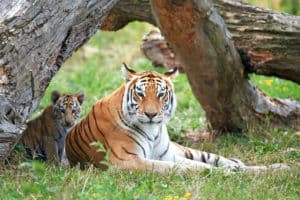
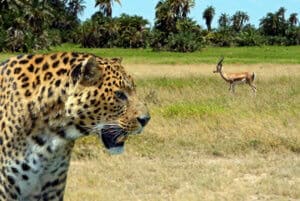

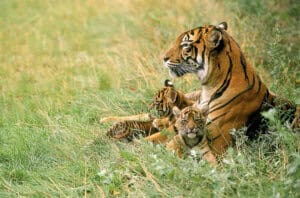
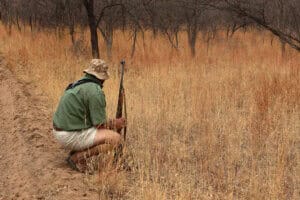
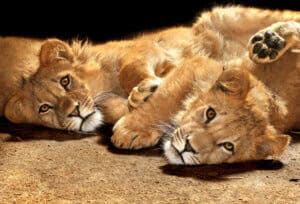
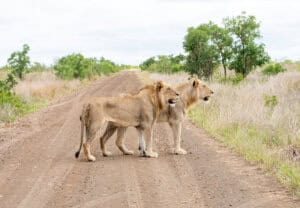
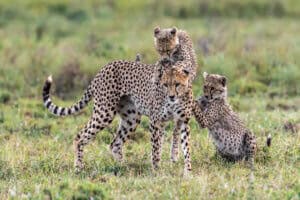


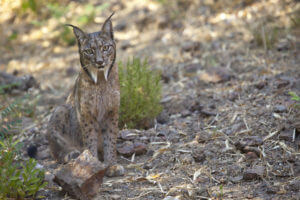




0 Comments